
views
X
Research source
Call emergency services, flush the burn with water, and have a doctor examine and dress your wound. Apply ointment and change the dressing as directed, and allow at least 2 to 4 weeks for the burn to heal.
Immediately Responding to the Injury

Call emergency services as soon as possible. Airbag burns are usually second-degree in severity, which require medical attention. The face, neck, and hands are often affected, and a doctor should examine burns of any nature that affect these areas. There's also a chance the burn could be chemical in nature, which requires a medical professional. Additionally, burns are prone to infection, and seeking medical treatment will help ensure proper healing.
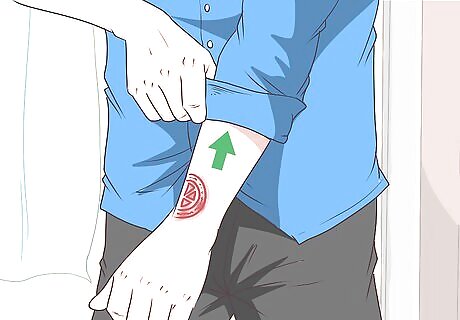
Remove clothing or jewelry near the burn immediately. Burns quickly swell, and jewelry or clothing can restrict blood flow and become difficult to remove from swollen areas. If clothing is melted or stuck to the burn, cut around it and leave the stuck patch in place. Don’t attempt to remove the stuck clothing on your own, and wait for emergency services to address it.

Run lukewarm or cool water over the burn for at least 20 minutes. Begin irrigation, or flushing the burn, as soon as possible. Run as much water as possible over the burn, and use lukewarm or cool water instead of cold water or ice. Since chemical agents might be present, the burn needs to be continuously flushed with large amounts of water to wash away toxic, corrosive substances. For burned eyes, hold the eyelids open and flush the eyes continuously for at least 15-20 minutes. If possible, do this in the shower so it's easier for you. Water is more likely to be available, but if you can access large quantities of saline solution or Ringer’s lactate solution, use either instead. The burn should be flushed continuously, even during transport to a hospital.
Seeking Medical Attention

Perform a litmus test to determine pH. Airbags can cause alkaline chemical burns, so a doctor or emergency responder should administer a litmus test when the burn victim arrives at the hospital. If pH is higher than 7, the burn is chemical in nature and the burn must be flushed to lower the pH. A litmus test measures acidity (pH below 7) or alkalinity (pH above 7). A pH of 7 is neutral. If the burned area is pH neutral, it’s not necessary to flush it for several hours. Proceed to apply ointment and dress the wound.

Continue irrigation until pH normalizes, if necessary. Flush an alkaline chemical burn with saline solution or water to bring the burned skin’s pH back to 7. It could take 2 to 12 hours to normalize pH.
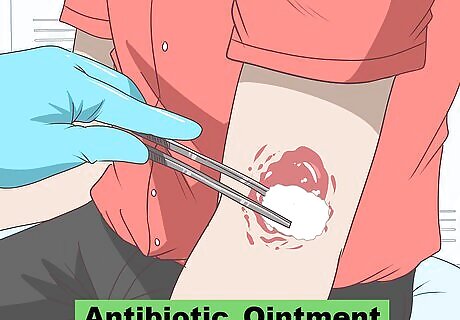
Apply an antibiotic ointment. A doctor or other medical professional will apply a topical antibiotic to the burn. This will help prevent infection and keep the wound moisturized. They’ll also prescribe a topical ointment to apply at home.

Cover the area with a sterile, non-adhesive dressing. After applying an antibiotic ointment, a medical professional will dress the burn with sterile gauze or a non-adhesive bandage. They’ll likely recommend you keep the dressing in place for 24 hours, then change it 1 to 2 times daily. Nearly all airbag burns are relatively minor, and only need to be flushed and dressed. Skin grafts and other treatments for severe burns probably won’t be necessary.
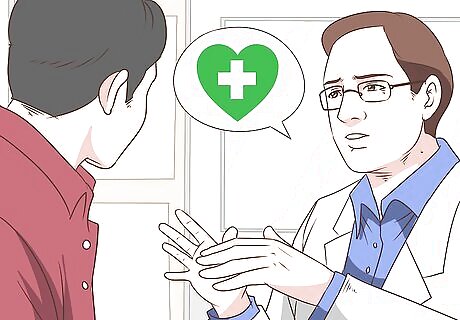
Discuss care instructions before leaving the hospital. Your doctor will tell you how and when to wash the burn, apply ointment, and change the dressing. Specific instructions depend on the burn’s severity, so follow your doctor’s recommendations. Ask, “How long should I keep the dressing on before changing it? Should I wait 24 to 48 hours before bathing? How many times per day should I change the dressing?”
Recovering from an Airbag Burn
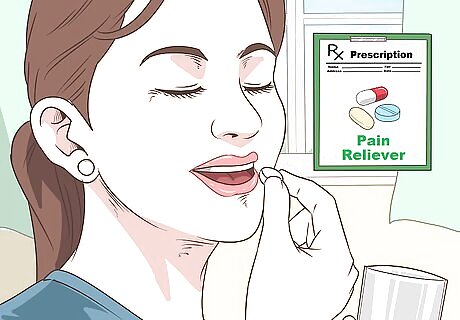
Take pain relievers as directed. For a serious airbag burn, your doctor might prescribe medication for pain. In most cases, they’ll recommend taking an over-the-counter pain reliever. Take any medication as prescribed or according to the instructions on the label. You can also hold a cool compress over the burn to help bring down swelling and inflammation.
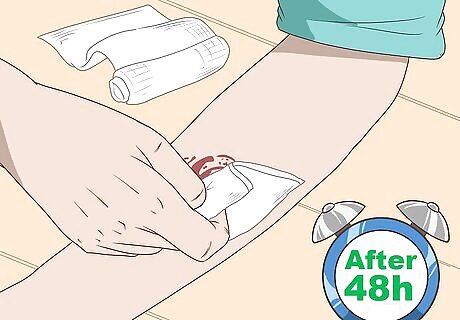
Remove the dressing after 24 to 48 hours. Leave the dressing on for 24 hours or as long as your doctor recommended. Remove the dressing dry instead of soaking it during removal. Dry dressing removal helps clear dead tissue and debris.
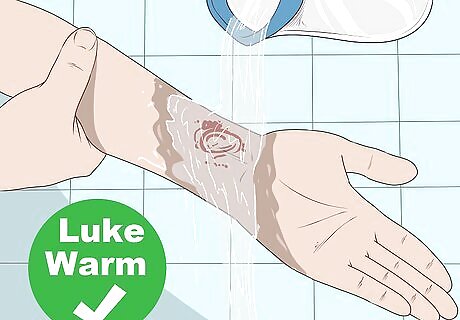
Wash the area gently with lukewarm water. After removing the dressing, carefully wash the burn with lukewarm water, unscented antimicrobial soap, and a clean cloth. Test the water before running it over the burn, which is sensitive to hot and cold temperatures. Don't use liquid soap that contains alcohol in it or you could damage the burn.
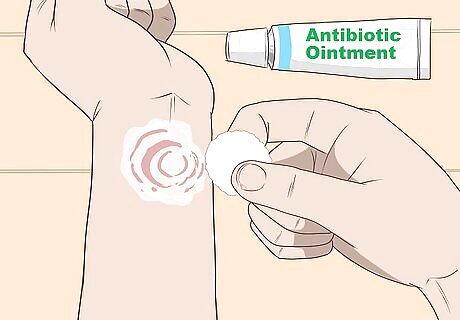
Apply a thin layer of ointment to the burn. Use a cotton swab or lint-free gauze to spread a thin layer of antibiotic ointment over the burn. Don’t double dip or touch the swab or gauze to the ointment container after it’s touched the burn. Discard the swab or gauze promptly, and don’t let it come into contact with any surfaces after it’s touched the burn.
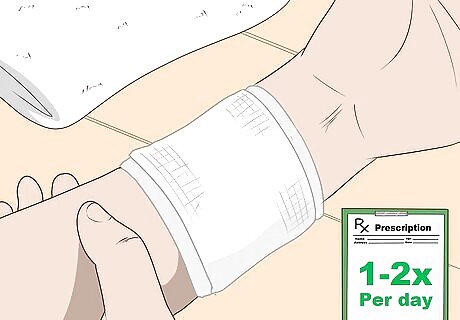
Redress the burn with gauze or a bandage. After washing the burn and applying ointment, cover it with sterile gauze or a non-adhesive bandage. Wash, apply ointment, and redress the area 1 to 2 times per day or as directed by your doctor. You might not need to cover a facial burn with gauze. Ask your doctor about specific care instructions.

Attend follow-up appointments. The doctor will probably have you schedule at least 1 follow-up appointment within 1 to 2 weeks. They’ll check the burn to ensure it’s healing properly, examine scarring, and look for pigmentation changes. Depending on the burn’s severity, it should take at least 2 to 4 weeks to heal.
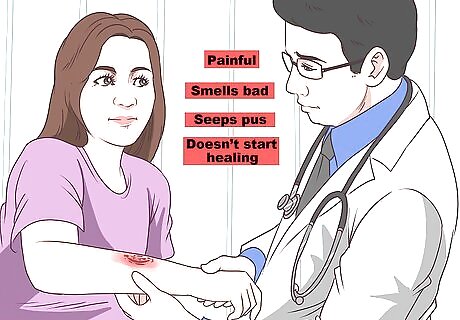
Seek prompt medical attention for signs of infection. See the doctor if the burn becomes increasingly painful or smells bad, seeps pus, doesn’t start healing within 1 to 2 weeks, looks red and feels hot to the touch, or if you develop a fever. These are signs of an infection, which could lead to a medical emergency if left untreated.
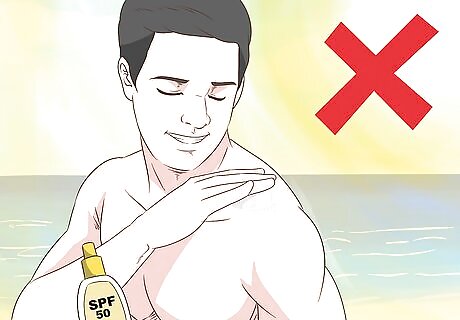
Avoid exposing the area to direct sunlight. You’ll likely need to keep the area out of direct sunlight for at least 12 months. Wear a hat if you suffered a facial burn, and always apply SPF 50 sunscreen to affected areas whenever you go outside.



















Comments
0 comment